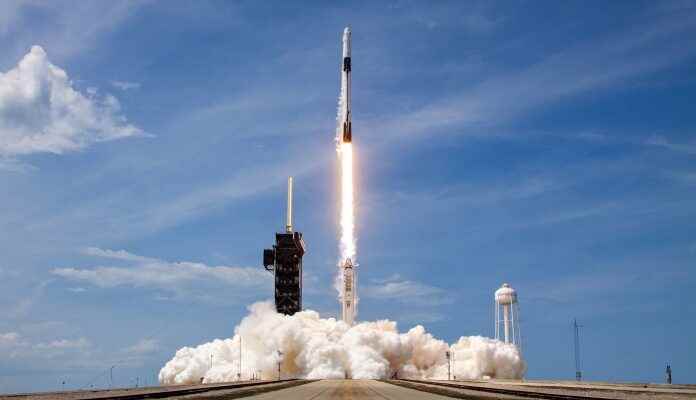SpaceX by In 2015, he launched the National Oceanic and Atmospheric Administration’s Deep Space Climate Observatory. To send a task initiated a distant orbit, the deployment has completed all the necessary steps, but a Ars Technica According to the report, it went a little wrong.
Lack of fuel, second stage booster to earth atmosphere prevented it from reaching, causing it to roll through space in a chaotic orbit. But his irregular seven-year journey; 4 tons The reinforcement is to the moon 5,000 miles struck quickly; It looks like it will end abruptly in early March.
It also develops software that tracks near-Earth objects; sky watcher Bill Gray, after shuffling all the available data; Falcon 9’s on March 4 of the second phase of its run-of-control; probably on March 4 He concluded that it would affect the lunar surface.
Commenting on the accuracy of the estimated impact date, Gray; He wrote on his website: “If this were a rock, %one hundred I would be sure… But space junk can be a little tricky.”
“What the earth, moon, sun, and planets do, and what their gravity does to the object; on how it affects a complete mathematical I have a model. How much of the sunshine that it pushes the object outward and away from the sun; politely I have a rough idea of it being removed. This usually allows me to make predictions with some confidence.” said.
See: Space X Decided to Send Spacecraft to Mars in 2018!
